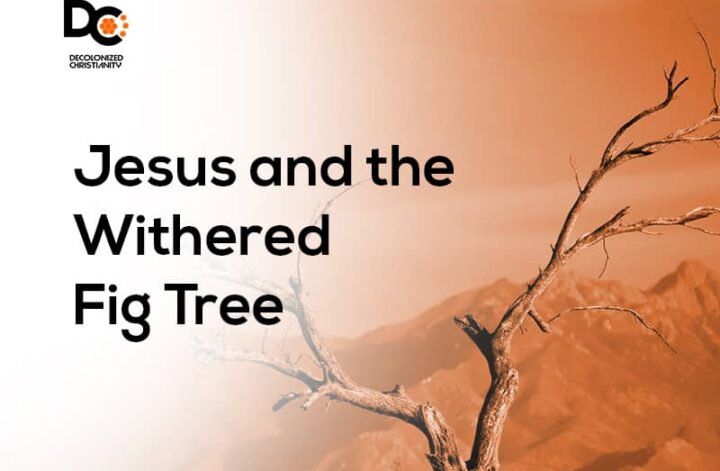Say to this mountain
Let us review what we know about the narrative content of Mark 11. The author sets up the chapter with Jesus’ Messianic entry into Jerusalem. This procession ends in a quite underwhelming manner as Jesus entered the temple late in the evening to observe the operations of the temple. As Brown puts it, the closure “is a surprisingly pedestrian finale to Jesus’ messianic action of riding up to Jerusalem on a colt in symbolic fulfillment of Zech 9:9” (82). Before Jesus would have another chance in the temple, he cursed a non-defective tree en route. In the temple, Jesus disturbed the typical daily operations by overturning tables and restricting movement in some parts of the temple. While doing all this, he alluded to two major Old Testament prophets. Later on the same day, Jesus left the city, and the disciples noticed that the cursed fig tree had withered. In reply, Jesus says (11:22-25):

